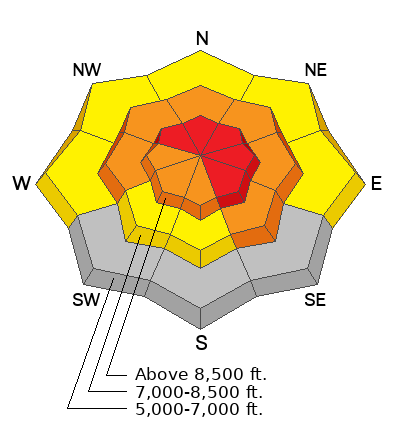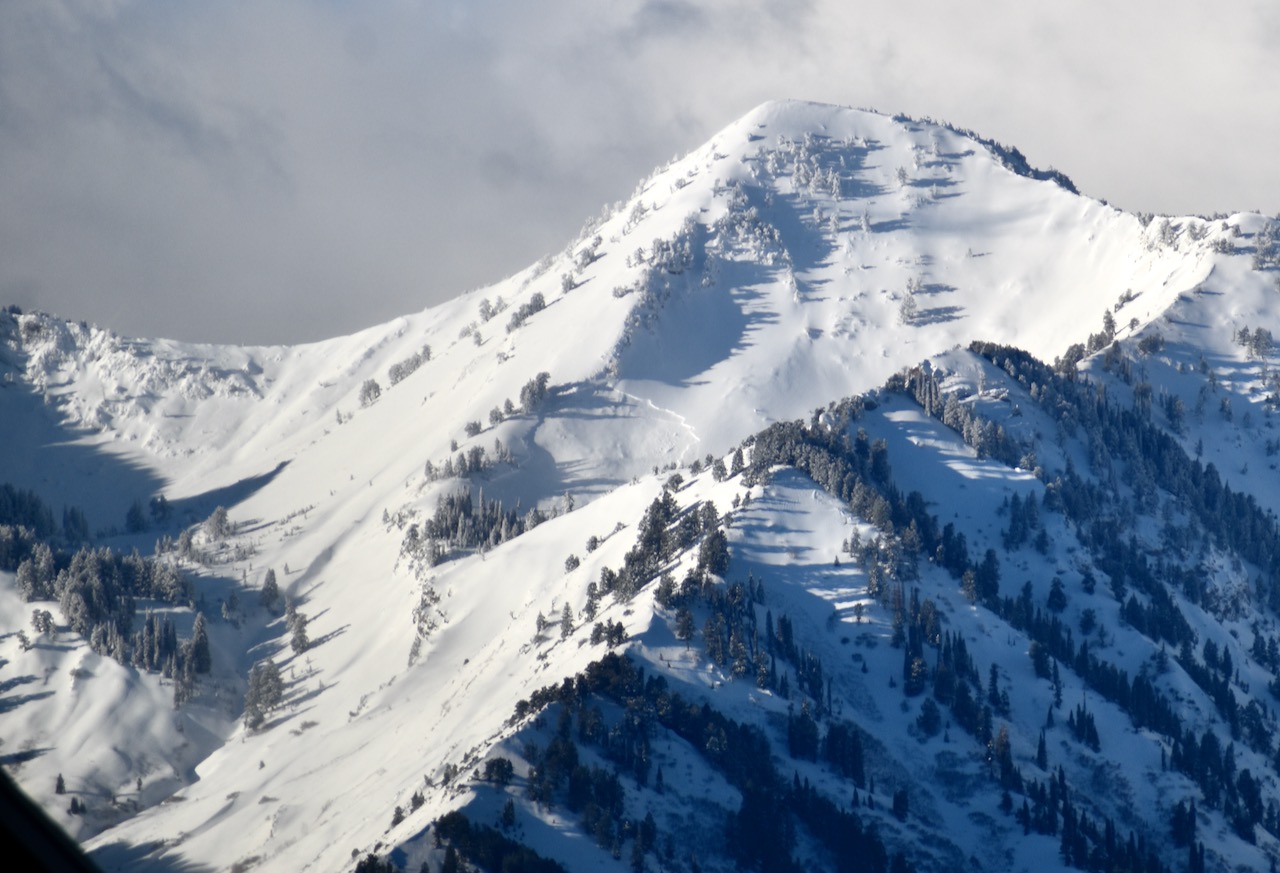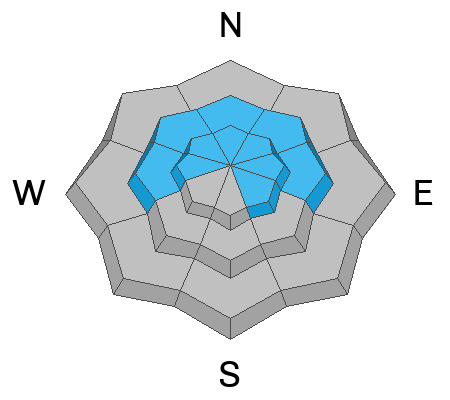Forecast for the Logan Area Mountains

Issued by Toby Weed on
Tuesday morning, December 31, 2024
Tuesday morning, December 31, 2024
The overall avalanche danger is CONSIDERABLE in the Logan Zone, with dangerous avalanche conditions on many slopes. Large and destructive natural avalanches are possible, and people are likely to trigger deadly avalanches on slopes steeper than 30°, especially on northerly-facing slopes. Areas with HIGH danger may linger on drifted upper elevation slopes facing northwest through southeast.
Careful snowpack evaluation, cautious route-finding, and conservative decision-making are required. People should avoid being on or beneath drifted slopes steeper than 30°.

Low
Moderate
Considerable
High
Extreme
Learn how to read the forecast here


 A crown from a recent natural avalanche on the shoulder of Wellsville Cone was visible from across Cache Valley on 12-30-2024.
A crown from a recent natural avalanche on the shoulder of Wellsville Cone was visible from across Cache Valley on 12-30-2024.






